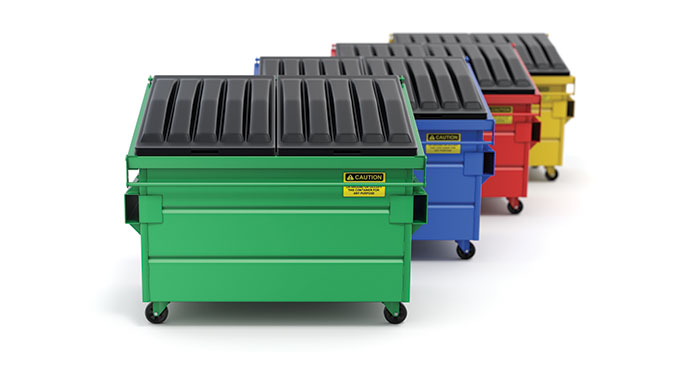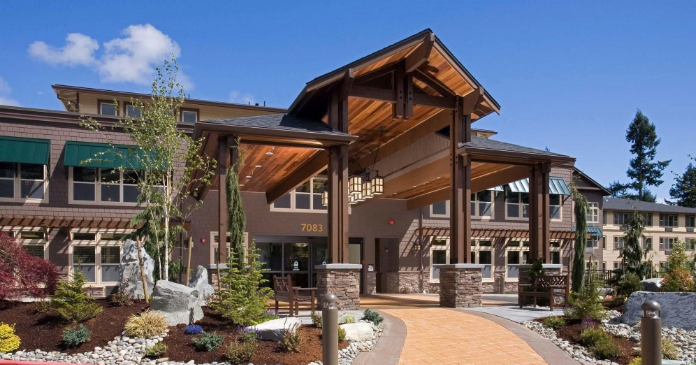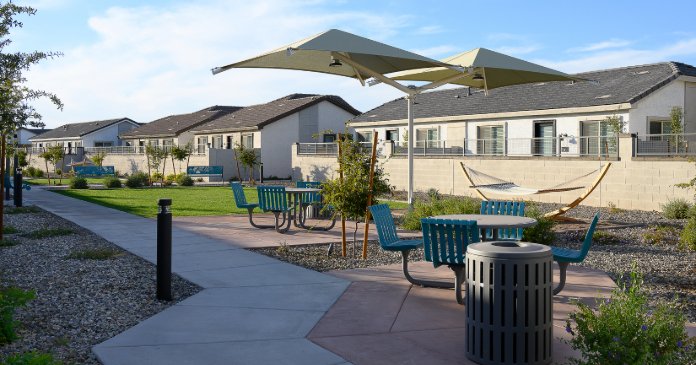There is an age-old adage that one man’s trash is another man’s treasure. With waste services being one of the top five property expenses, it’s a key area for property managers to consider when finding the hidden treasure of reduced costs.
Recycling programs on multifamily properties have been more a source of pain—not cost reduction for most property owners. With resident turnover and demographics, differing available services and legacy property layouts not meant for recycling, implementing an effective program can feel nearly impossible.
This ultimately has property owners, managers and residents alike asking the question if a recycling program is even worth it.
When well implemented, a property-wide recycling program can reduce expenses, improve resident satisfaction and reduce the amount of waste sent to landfills impacting our footprint on the planet.
Several factors should be considered prior to embarking on such a program. First, a thorough review of available services included in the property’s out-sourced waste program should be conducted, alongside local ordinances and regulations.
In municipalities where trash services are provided by the city and included in the property’s taxes, a free recycling program is sometimes available. Additionally, properties may discover that recycling is required by law and, thus, they are not in compliance.
In the case of the latter, implementing a program reduces risk and the cost of fines for non-compliance.
Secondly, properties should review their resident demographics in order to understand what level of training would be required. Depending on those demographics one can decide if training is solved with signs and easy-to-understand pictures, or through a digital video tutorial accessible on the property’s website.
Also, would including instructions in a second language be helpful? Such steps help property management understand the level of commitment required to properly train residents on the new program.
Next, a thorough review of a property’s layout of waste receptacles should be conducted. Properties with existing dumpster enclosures may require modifications in order to accommodate recycling dumpsters.
Those modifications may result in substantial one-time expenses that could outweigh the program’s benefits. Alternatively, smaller dumpsters could be used alongside the existing enclosures or local ordinances may not require all dumpsters to be placed in enclosures.
When there is inadequate space to operate a service-based recycling program, the property might consider alternatives such as doorstep recycling services.
A request for proposal to vendors to perform enclosure modifications, equipment rental and/or the actual recycling service is a viable plan B. Such cost information can be used to identify the best solution for the specific property and determine the required budget to accomplish the task.
With a complete understanding of the available options, resident demographics, training requirements and property layout, a return on investment analysis can be created to determine the bottom-line impact and pay-off of such a program.
Typically, properties that implement a recycling program see a cost savings of at least 10 percent off their waste services. This comes largely from reducing the number of pickups and amount of waste being sent to the landfill in favor of a less expensive alternative in recycling.
Once the analysis and decision are finalized, the program can be implemented. After twelve months, the program should also be reviewed to ensure that the expected return on investment is being achieved and if not, modifications made accordingly.
A well implemented recycling program can help properties reduce waste—improving lives, the state of our planet and the property’s profits.
Source Matthew S. Hollis, Elytus













